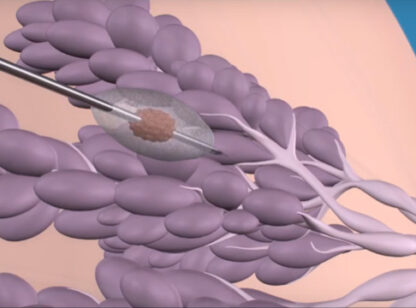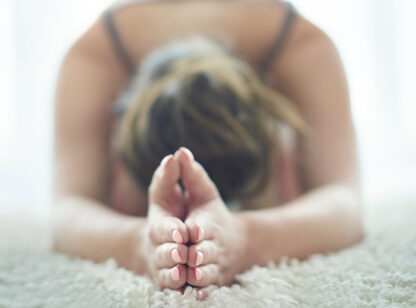For thousands of years, yogis and sages from eastern cultures have understood the importance of diaphragmatic and deep breathing. More recently, through the efforts of mind-body thought leaders such as Jon Kabat-Zinn and Herbert Benson, the paramount importance and health benefits of deep breathing practices have been widely utilized in treating anxiety disorders and stress reduction.
It is well understood that when people experience stress or anxiety, the autonomic nervous system, your involuntary or unconscious nervous system, becomes activated creating the well-known ‘fight or flight’ response. This response may cause a rapid heart rate, shortness of breath, sweaty palms, anxiety, irritability, increased blood pressure, and decreased heart rate variability (HRV). Deep breathing exercises are known to activate the parasympathetic system and lower these stress responses.
Heart rate variability (HRV), the beat-to-beat interval between heart beats, has recently been recognized as an important and stable marker for the function of the human autonomic nervous system, as well as an indicator of a person’s degree of resistance to mental and physical stressors. A high level of HRV reflects flexibility in the ‘fight or flight’ response to a stressful situation. In contrast, a decreased HRV is associated with anxiety disorders including generalized anxiety, post-traumatic stress disorder (PTSD) and panic disorder, as well as cardiovascular diseases and early mortality.
Heart rate variability biofeedback (HRVB) utilizing deep breathing techniques has been shown to significantly improve heart rate variability and assist in treating anxiety disorders. One goal of HRVB is to synchronize a person’s heart rate and breathing at about six breaths per minute. This is called resonance frequency or RF breathing.
Many deep and RF breathing exercises originated with classic yoga practices, and Hindu-Yogi Science of Breath exercises and breathing techniques include the following:
The Yogi Cleansing Breath. Yogis have a favorite form of breathing which they say cleanses the lungs and greatly refreshes all bodily systems: 1) Inhale a complete breath; 2) retain the air a few seconds; 3) pucker the lips as if to whistle (but do not swell the cheeks), then exhale a little air through the opening with considerable vigor; 4) then stop for a moment, retaining the air, and then exhale a little more. Repeat until all the air is completely exhaled.
The Yogi Nerve Vitalizing Breath. The purpose of this practice is to stimulate the nervous system and to develop nerve force, energy and vitality: 1) Stand erect; 2) inhale a complete breath and hold it; 3) extend your arms straight out in front of you, letting them be somewhat limp and relaxed; 4) slowly draw the hands back toward the shoulders, gradually contracting the muscles and putting force into them so that when they reach the shoulders the fists are tightly clinched; 5) then, while keeping the muscles tense, push the fists slowly out, then draw them back rapidly while still tense, several times while still holding your breath; 6) when you feel you need to exhale, do so vigorously through the mouth as you extend your hands out, unclench your fists and extend them out by your side.
Dr. John Dixon is an Institute of Functional Medicine certified practitioner and can be reached at the Natural Medicine Group (760) 345.7300.
Sources: 1) www.ncbi.nim.nih.gov/pmc/articles/PMC5575449/ 2) www.ncbi.nim.gov/pmc/articles/PMC4835037/ 3) The Hindu-Yogi Science of Breath, a complete manual of the oriental breathing philosophy, Ramacharaka 1904















































Comments (0)